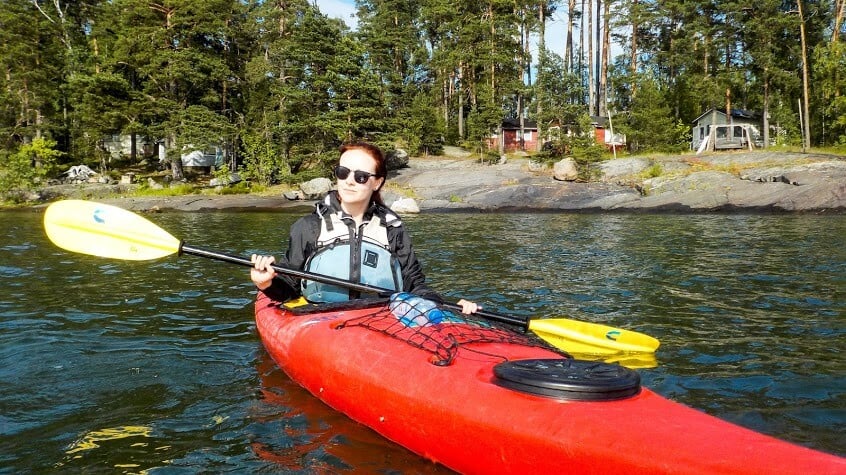
A travel guide to Helsinki's archipelago kayaking adventure
What's the story
Helsinki, the vibrant capital of Finland, is encircled by a vast archipelago that presents a unique kayaking opportunity. These waters are sprinkled with numerous islands, each with its distinct character and natural beauty. Kayaking through these tranquil landscapes offers a peaceful retreat from the city's bustle, allowing travelers to deeply connect with nature and find serenity amidst the scenic views.
Preparation
Plan your route wisely
Before embarking on your kayaking journey, it's crucial to plan your route. The archipelago consists of over 300 islands, making it easy to tailor your adventure based on skill level and interest. Beginners might prefer the sheltered waters near Pihlajasaari, while more experienced kayakers can venture further out to the remote islands like Isosaari or Vallisaari.
Equipment
Renting your kayak
In Helsinki, numerous outfitters provide kayak rentals, complete with essential gear like life vests and paddles. For those desiring a more organized exploration, some of these services offer guided tours. Opting to rent allows for a flexible exploration pace and ensures the use of equipment that is well-suited for the unique conditions of the Baltic Sea.
Timing
Best time to go
The best time for kayaking in Helsinki's archipelago is from late May through early September when the weather is warmest and daylight lasts longest. During this period, you'll enjoy up to 19 hours of daylight, giving you ample time to explore without feeling rushed. Always check weather forecasts before setting out as conditions can change rapidly.
Conservation
Respect nature's boundaries
While exploring Helsinki's archipelago, it's crucial to respect nature by adhering to leave-no-trace principles. Ensure you stick to designated landing spots on islands and avoid disturbing wildlife. Many islands are protected habitats with unique flora and fauna. Preserving their beauty ensures future visitors can enjoy these serene landscapes just as much as you do, maintaining the area's natural state for years to come.